How to Get Back on a Bike—Years Later (8 Simple Tips)
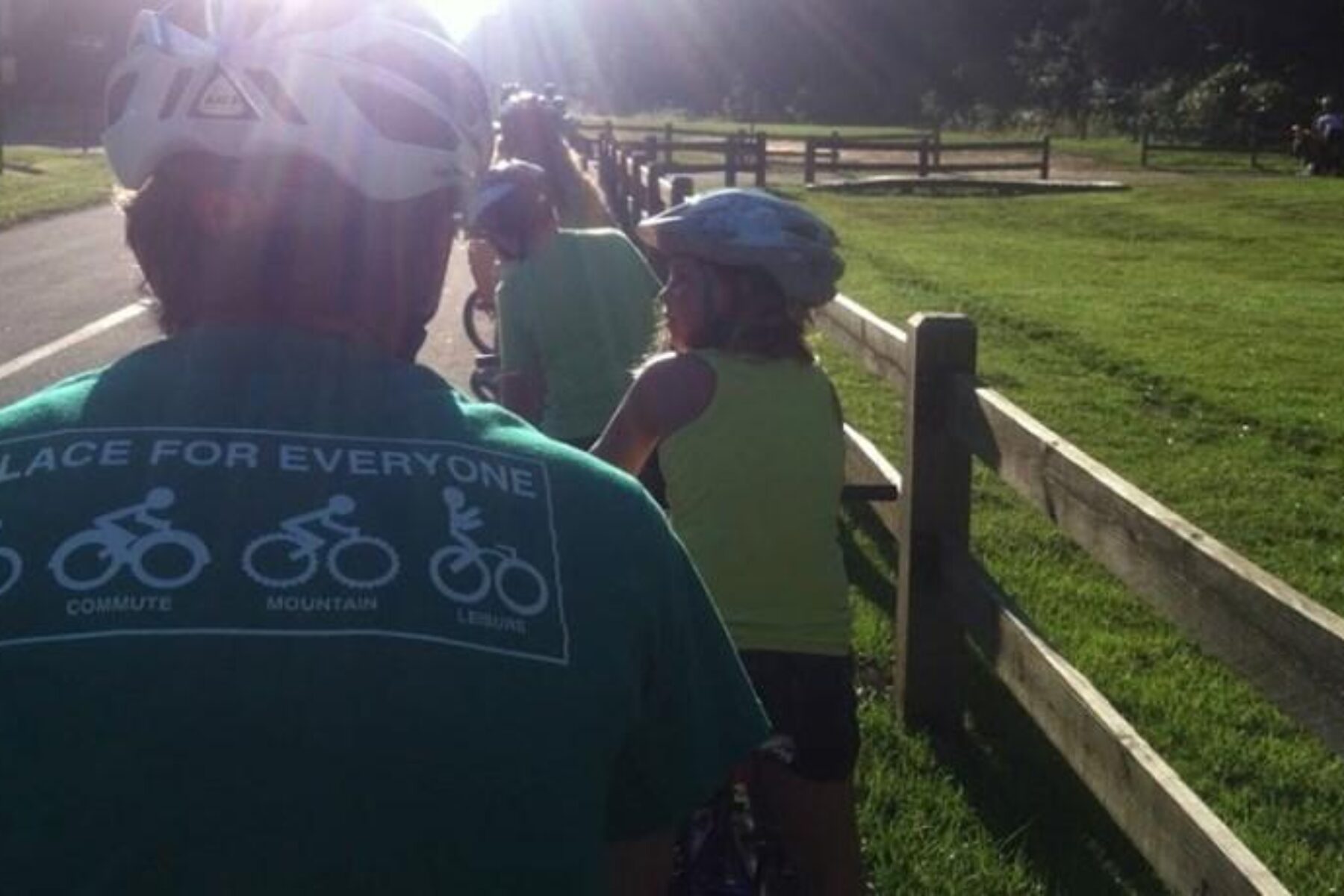
Este contenido también está disponible en español.
I’m in my later thirties, and I recently started riding a bike again after a long time.
The last and only bike I ever owned was a no-frills, blue three-speed purchased when I was 15, and while I loved it, rode it to all your typical teenager destinations, I was never a pro. It was just fun. A driver’s license at 17—and my life in general—turned that bike into a distant memory. And after two unpleasant experiences getting back on one, I told myself, “I’m not a cyclist.”
Cut to present day: I work in a place where 95 percent of my colleagues use bikes regularly for commuting and recreation, and it’s an envy builder—hearing their stories and watching them bike around Washington, D.C., and hit trails together. Yeah, I want a piece of the action. So with a new blue (10-speed) bike to boot, I’m sorting things out as I go. Here are a few things I’ve learned so far.
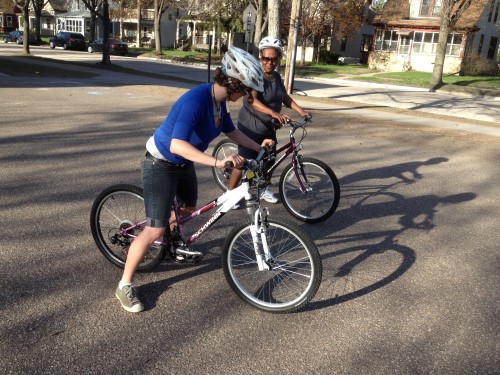
Don’t be afraid to ask for help.
There are lots of great bike share programs, but I decided to buy/acquire my own bike so I can grow with it and use it daily. I was a bit clueless about where to start.
Talking to other bicyclists, particularly my friends and colleagues, steered me in the right direction. They offered to let me try out their bikes and to connect me with people who refurbish used bicycles. My coworker Elissa went with me to a bike shop and explained how specific models (with different frames, gears, wheels, handlebars, etc.) support different types of riding, such as long-distance road cycling vs. commuting. It was eye opening—and empowering.
It’s okay to have a little anxiety. It will pass.
As a runner and dancer, I’ve stayed active. But for years, when people offered to bike with me, I turned them down. Secretly, I was afraid I’d embarrass myself because it had been a while, and the two times I’d tried to ride again didn’t end well. In those cases, one bike was in bad condition, and the other wasn’t a good fit for my short legs. But both times, I thought it was me.
I just needed to give myself a chance. When I tried out bikes this time around, I relaxed, got comfortable (on a bike that fit me) and gave myself some time to settle in. And after a few minutes, I did. And it was awesome.
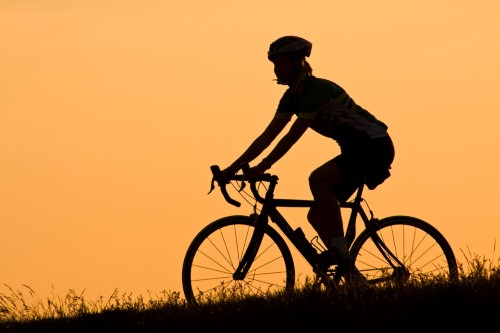
Make sure you’re comfortable.
Honestly, when you are picking out a bike (used or new), you can worry about a million things, but my coworker Ryan gave me a great piece of advice: How the bike feels to you (and how you feel on it) is key.
Start small.
Accompanied by my husband, I took my first ride back on the residential streets of my neighborhood. I practiced turns and hand signals in a cul-de-sac. Got comfortable with my new helmet. Went up and down some hills. Basically, it was a fun time in a familiar, low-key (non-scary) setting.
Practice the basics of safe, responsible riding.
Aside from being a great time, my practice ride told me I need a little more practice before I hit busier/urban streets. Another thing I realized was that—despite all the biking I did as a teenager—I need to acquaint myself with a few things things, like (cringe) how to make a proper left turn. I plan to grab some knowledgeable friends and hit some less-busy roads for a tutorial.
Also, in addition to a helmet, I did acquire a bike lock that was highly recommended and a small (very affordable) allen wrench set. (I’ll be raiding my closet for some visible clothing, too.)
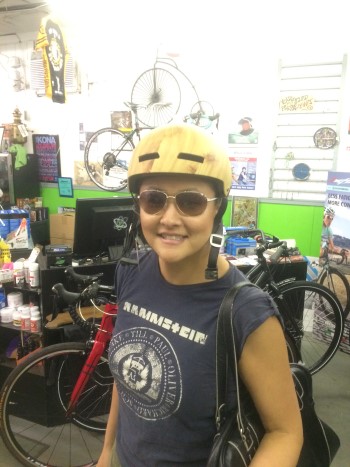
Hit the trail.
Okay, trails are great options for every level of biker—whether novice, returning or pro—since they provide safe, flat and visually magnificent riding environments away from motor vehicle traffic. And as TrailLink demonstrates, there are lots of ’em!
On a related note, RTC’s Share the Trail campaign provides some great trail use tips.
Explore your local biking groups.
There are biking groups with programs designed specifically for first-time or long-time-away riders. Find out when local rides are taking place, so you don’t have to go it alone! They have wonderful support systems and can provide resources—like this Women & Bicycles Workbook from the Washington Area Bicyclist Association. The League of American Bicyclists also provides a comprehensive set of online materials and offers classes around the country.
Have fun!
As a planner, I can get stuck in the weeds now and again. Before I bought a bike, I asked my coworker Katie, an avid and very maintenance-savvy bicyclist (she’s even ridden her bike cross-country) if there was one tool I should never leave for a bike trip without. She looked at me and said, “Don’t wait to bike because you don’t have a specific tool! Go out and have fun!”
Don’t get me wrong; Katie is a big advocate for biking self-empowerment. But her point was clear: Enjoy yourself!
I plan to.
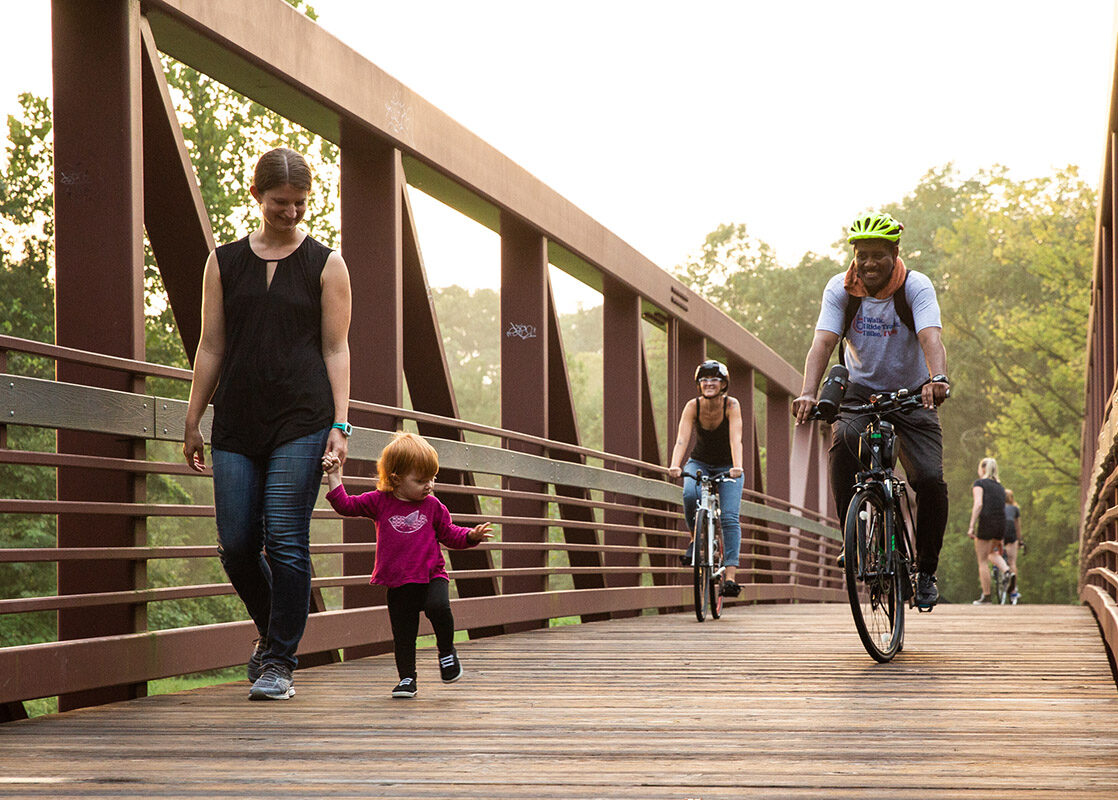
Donate
Everyone deserves access to safe ways to walk, bike, and be active outdoors.
